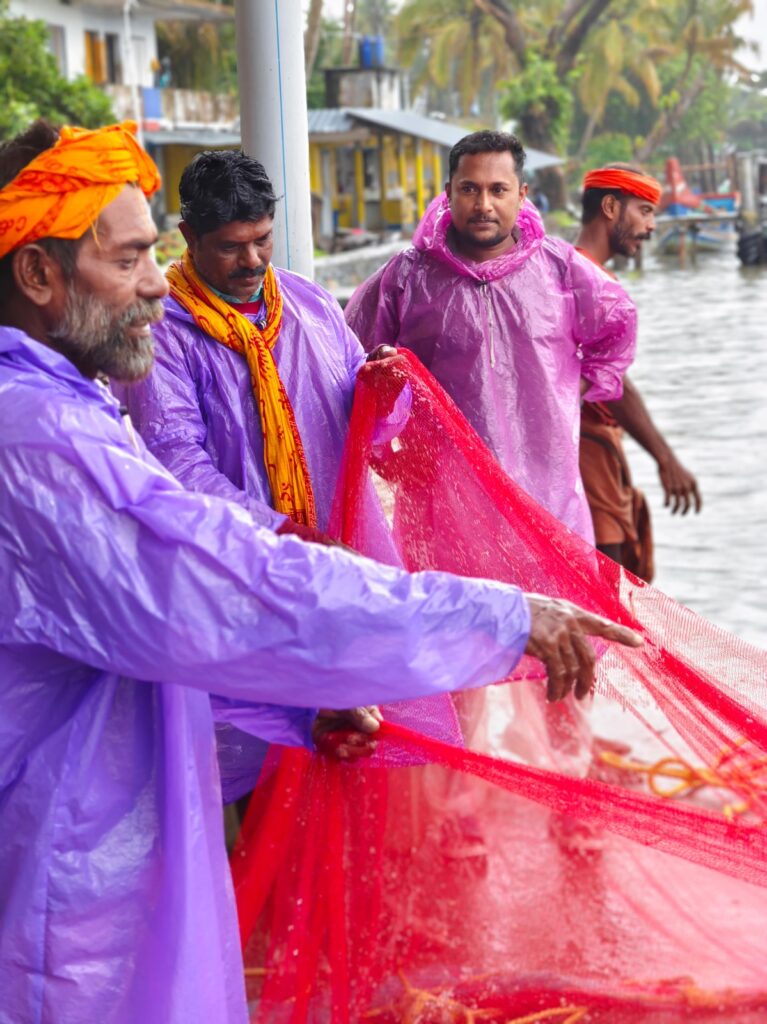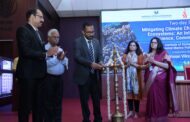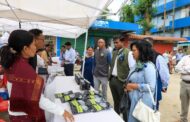In a preparatory step for the 5th Marine Fisheries Census (MFC-2025), the Department of Fisheries under the Ministry of Fisheries, Animal Husbandry and Dairying has launched a nationwide validation and georeferencing of marine fishing villages through ICAR-Central Marine Fisheries Research Institute (CMFRI).
This two-week-long exercise aims to establish an accurate and updated frame of marine fishing villages across India’s coastline and island territories, laying the foundation for the comprehensive household-level enumeration across 3,500 villages in 13 coastal States and UTs scheduled in November–December 2025. MFC-2025 is being undertaken under the Pradhan Mantri Matsya Sampada Yojana (PMMSY), with CMFRI serving as the nodal agency for implementation across India.
Over 100 officials from CMFRI and the Fishery Survey of India (FSI) will visit every marine fishing village to verify its status, delineate boundaries, and compile an updated village frame. This exercise will be conducted using VyAS-NAV (Village-Jetty Appraisal Navigator), a custom-built mobile application developed by CMFRI to enable real-time, geo-referenced data collection.
“An accurate and updated frame of marine fishing villages is essential to ensure the success of the household-level enumeration,” said Neetu Kumari Prasad, IAS, Joint Secretary, Department of Fisheries.
In collaboration with state fisheries departments and local administrative bodies, census teams will assess each village’s dependence on marine fishing and allied activities, estimate the number of marine fisher households, and geotag village boundaries. The data will feed into a GIS-enabled MFC dashboard, supported by a robust online backup system and a two-tier supervision framework at district and state levels to ensure data integrity.
Dr. Grinson George, Director of CMFRI said that the teams will also identify and shortlist local community members to be trained as enumerators for the household phase.
Neetu Kumari Prasad also said that the census would generate granular data on socio-economic conditions, livelihood dependencies, and infrastructure gaps, enabling the Government to design targeted interventions for sustainable development of marine fishing communities.






